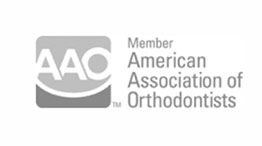The Tooth Company Grey Lynn is Now Open and taking new patients
274 Richmond Road – Open 7 Days
Treatments
Examinations
Need a dentist checkup ?
Here you will find information on the different examinations we provide at The Tooth Company. If you are a new patient to the practice, a good place to start is a Full Mouth Examination.









